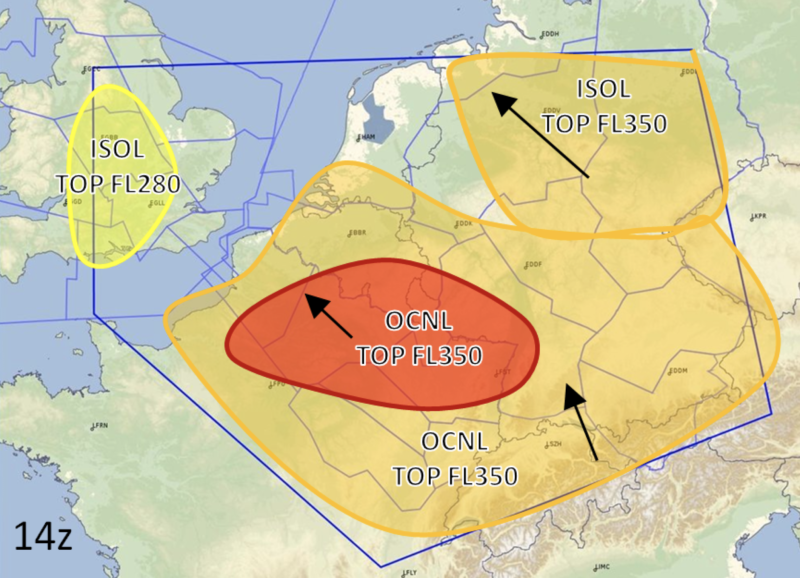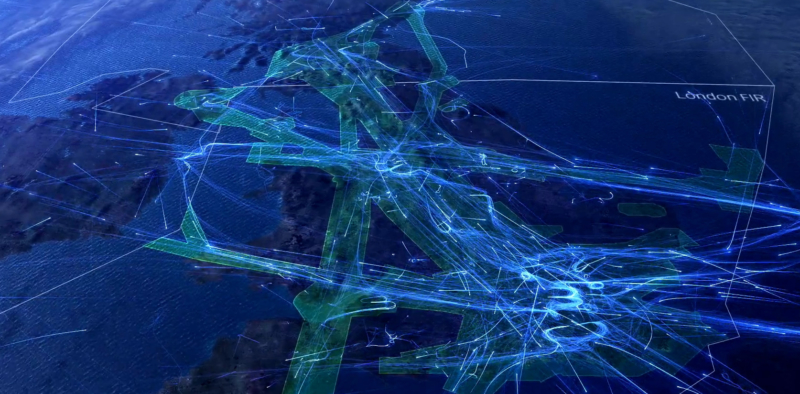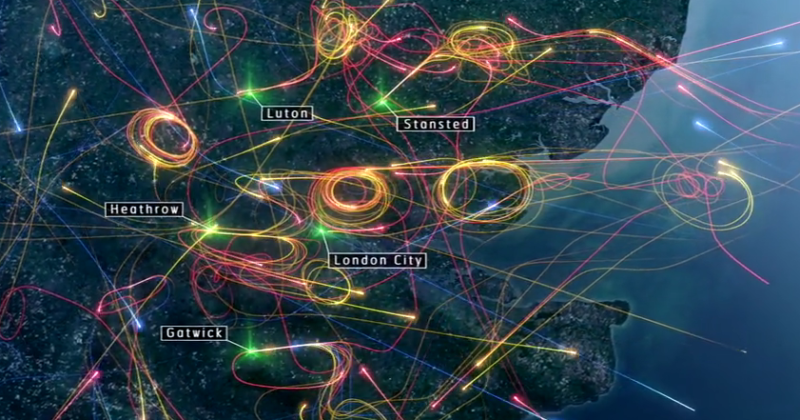Four seasons in a day
13 June 2019Storm Miguel has been battering Britain this week and we have been getting daily weather warnings issued by the Met Office as most of the country continues to be deluged by thunderstorms and heavy rainfall. It’s been so bad, that you might be forgiven for questioning what season we’re currently in! But unfortunately for the UK, summer thunderstorms are a common problem and perhaps not too surprisingly, they can have a significant impact on air travel and cause delays and cancellations, sometimes worse than fog in the autumn or snow in the winter.
And while the rainfall is causing problems on the roads and railways, it’s also been a real problem in the air too.
Thunderstorms are particularly bad at this time of the year because of the heat in the air, which makes them more ‘energetic’. At their best, we know about thunderstorms in advance and they are localised and have little impact. At their worst, they either pop up out of nowhere, or can be so mature and tall, that they reach the cruising altitude of aircraft where they can’t be flown over.
When thunderstorms occur, pilots will always try to avoid going through them, for obvious reasons. Any deviation from the normal flight path causes extra work for the air traffic controllers managing the aircraft, increasing the complexity of their job as pilots request different speeds, levels and directions in order to dodge a bad weather system. As the complexity and workload increases, the number of planes a controller can handle in their sector of airspace is reduced and this may result in a regulation being put on that limits the amount of aircraft flying in an area at any one time. This is when delay might occur and is necessary to ensure safety, which is the reason behind every decision we make.
Fortunately, forecasts are better than ever and we are lucky to have the Met Office based at our Swanwick Control Centre 24/7, providing us with essential information, whether that’s a high level monthly outlook, a rolling five day forecast or a disruptive forecast one day out. Working side by side with our airspace capacity management team means that the meteorologists know how air traffic control works and so can give us the most relevant information, filtering out detail that we don’t need while focusing on information that is going to be the most helpful, extreme weather conditions during peak travel times or in the busiest sectors of airspace for example.
Once we have that information, we can relay it to our airport and airline customers and if thunderstorms are forecast, they then know to check with their own weather experts and plan accordingly. Such forewarning allows us to advise on steps to take to help mitigate against delay, encouraging airlines to ensure that their flight plans are all finalised so there aren’t any last minute changes to cause extra delay and asking airports to update their airfield status maps so the number of diversions it can handle is known. Daily conference calls allow information to be shared between airlines, airports and air traffic control and approaches and solutions to be agreed in advance wherever possible.
Collaboration is key when dealing with extreme weather events, not only in the UK, but on a European level too. This week’s awful weather is battering continental Europe after all, as well as us.
When looking at how best to manage summer air traffic, when demand peaks and capacity constraints result in delays, the EUROCONTROL Network Manager (NM) has made a number of recommendations, including better weather management. This has resulted in a more coordinated approach since April this year, allowing for a single view forecast from one Met Office and a collaborative approach from the Network Manager and the ANSPs and their airspace, namely NATS (UK), Skeyes (Belgium), Reims ACC (France), Maastricht UAC (which covers Belgium, Germany, Luxembourg and the Netherlands), Karlsruhe UAC (Germany). When bad weather is forecast, decisions, plans, and regulations if needed, can be considered on a network basis and agreed across borders so the impact felt by airlines, airports and ultimately passengers, is minimised. Such coordination is essential for success, especially as more aircraft than ever before are taking to the skies.
- View an example of a Summer Cross Border Weather Co-ordination forecast
As an island nation, we get a wide range of weather conditions, sometimes, all in one day! And this summer is sure to deliver some memorable storms. But with the help of the Met Office, and our European counterparts, you can rest assured that we are doing everything we can to get you on your way, safely and with minimal delay. We just can’t guarantee the weather when you get to your holiday destination!
Comments
Please respect our commenting policy and guidelines when posting on this website.



